Cheng-Khee Chee, Associate Professor Emeritus of the University of Minnesota, is a Dolphin Fellow of the American Watercolor Society, signature member of the National Watercolor Society, Transparent Watercolor Society of America (Master Status), Watercolor USA Honor Society and many others. He is listed in Who’s Who in America, Who’s Who in American Art, Who’s Who in American Education, and Dictionary of World Chinese Artists Achievements. He has been represented in numerous national juried exhibitions and captured over 200 honors, including the American Watercolor Society Silver Medal, Transparent Watercolor Society of America Skyledge Award (First Place), Allied Artists of America Gold Medal, and Knickerbocker Artists USA Grand Award Gold Medal and Purchase Prize for Excellence. His solo exhibitions include the Tweed Museum of Art of the University of Minnesota, Duluth, 1982; China traveling exhibition, 1987; Singapore Art Museum, 1997; and Bloomington Art Center Inez Greenberg Gallery Inaugural Exhibition, 2003. Among his publications are The Watercolor World of Cheng-Khee Chee (book 1997), The Work of Cheng-Khee Chee (instructional manual 2003), Old Turtle (illustration 1992), Swing Around the Sun (illustration 2003), Noel (illustration 2005), and numerous contributions to books and magazines. He was featured in the Artist’s Magazine (December 1997), Watercolor Magic (summer 2000) and Watercolor Magazine (An American Artist Publication, winter 2002). The Creative Catalysts Productions of Oregon produced his 6-volume instructional DVDs based upon his workshop and were released in 2005.
“Human life is but a grain of dust in the boundless universe and one kshana in the eternities of time. Ordinary people only know how to utilize limited time to do deeds; therefore their lives are like a wave swiftly disappearing in the ocean. Only extraordinary people know how to use great deeds to fill the time; therefore they can transform limit into limitless and a kshana into eternity.”
Cheng-Khee Chee Thoughts on college graduation, 1960In 2007 Chee coordinated with the Jiangsu Watercolor Research Institute in Nanjing, China to organize the first Invitational Exhibition of Contemporary International Watermedia Masters. 68 artists representing 13 countries worldwide were included. The exhibition was held in Nanjing from November 19 through December 2, 2007, and later traveled to other cities.
Chee was the recipient of the 1994 University of Minnesota system-wide University College Distinguished Teaching Award and the 1994 University of Minnesota, Duluth Campus Chancellor’s Distinguished Services Award. In 2004 the Duluth Depot Foundation honored him with the Art and Culture Community Enrichment Award. In 2008 his Alma Mater Nanyang Technological University in Singapore honored him the Alumni Achievement Award. In 2009 the University of Minnesota, Duluth School of Fine Arts honored him the membership of the society of Prometheans, recognizing his outstanding artistic accomplishments. He is a popular workshop instructor and national show juror. His breakthroughs in concepts and processes have greatly influenced the direction of watermedia painting.
Both East and West experiences and influences have shaped Chee’s artistic career. Over the years he has explored and experimented with ways to synthesize the concepts and processes of both traditions. His work comprises many styles from traditional to nonobjective. Chee’s ultimate goal in painting is to achieve the essence of Tao, the state of effortless creation. He hopes to produce paintings that are the synthesis of East and West, realism and abstraction, and the visual realization of his inner being.
"Human life is but a grain of dust in the boundless universe and one kshana in the eternities of time. Ordinary people only know how to utilize limited time to do deeds; therefore their lives are like a wave swiftly disappearing in the ocean. Only extraordinary people know how to use great deeds to fill the time; therefore they can transform limit into limitless and a kshana into eternity.”
Cheng-Khee Chee Thoughts on college graduation, 1960
"What inspires me to paint is my strong inner world’s subjective response to the outer world’s objective reality. My subjective response is influenced by my diverse East-West experiences, tradition, knowledge, and personal cultivation.
paintingMy creative process is strongly influenced by Taoist philosophy, finding the most natural and effortless way to express the essence of a specific subject for which I have deep feelings. Over the years, I have faithfully adhered to the following principles:
Thorough knowledge of the subject matter
I paint only subjects of which I have knowledge. The subjects include all things, all beings, and their environment and activities. They are the objective reality of the outer world.
Strong feelings toward the subject matter
My feeling could be an aesthetic response to design elements, a spiritual awakening to an extraordinary phenomenon, a hostile sentiment to social injustice, a melancholic sensibility of human tragedies, a nostalgic remembrance of places, or a tenderness of relationships. These feelings are the inner world’s subjective response to the outer world’s objective reality.
Thorough understanding of design elements and principles
This helps me orchestrate the design elements to compose an abstract structure for my paintings.
Competent craftsmanship for expressing the subject matter in a natural way
This includes the drawing skill, the ability to handle specific media, and the willingness to explore the natural ways to express the subject matter.
The synthesis of the outer and inner world becomes the inspirational basis and contents of my work. The design and craftsmanship form the process for my expression.
My creative principles remain constant, but contents and processes are constantly evolving, broadening, and developing. Contents diversify with the expansion of experience and knowledge. Processes continue to evolve and expand as I constantly explore the most natural way to express new subject matter.
Painting in watercolor I feel that feelings and energy from my heart are most directly transmitted through the brush and medium to the sensitive paper surface, transforming into the most direct, honest, and true visual marks.
My approach to watercolor painting is a dynamic process and an effort to harmonize opposite elements: yin and yang, intuition and contemplation, emotion and reasoning, incident and intention, subjectivity and objectivity, imagination and reality, abstraction and realism. The end result is the visual realization of my inner being that I hope will communicate on a universal and timeless level."
.jpg)
.jpg)
.jpg)
.jpg)
.jpg)
.jpg)





.jpg)
.jpg)
.jpg)
.jpg)
.jpg)
.jpg)
.jpg)
.jpg)
.jpg)
.jpg)
.jpg)
.jpg)
.jpg)
.jpg)
.jpg)
.jpg)
.jpg)
.jpg)
.jpg)
.jpg)
.jpg)
.jpg)
.jpg)
.jpg)
.jpg)
.jpg)
.jpg)
.jpg)
.jpg)
.jpg)
.jpg)
.jpg)
.jpg)
.jpg)










.jpg)
.jpg)
.jpg)
.jpg)
.jpg)
.jpg)
.jpg)
.jpg)
.jpg)
.jpg)
.jpg)
.jpg)
.jpg)
.jpg)
.jpg)
.jpg)
.jpg)
.jpg)
.jpg)
.jpg)
.jpg)


.jpg)
.jpg)
.jpg)
.jpg)
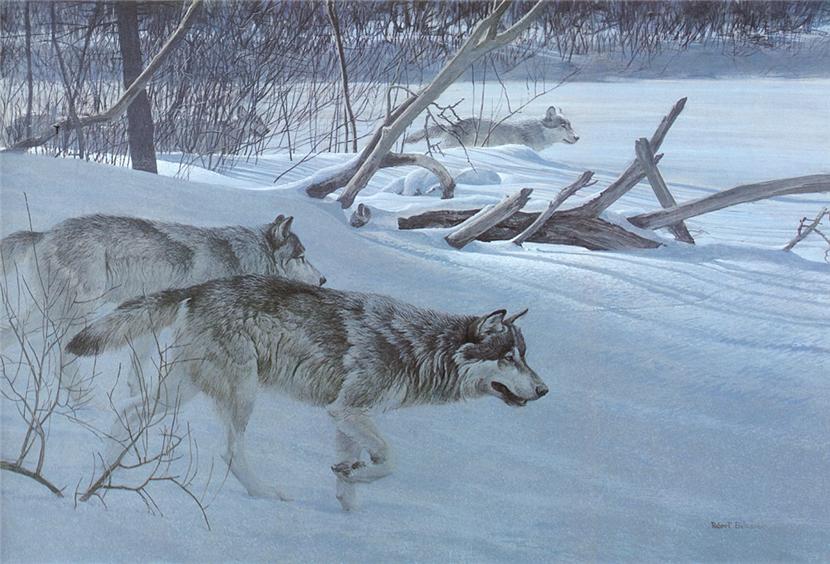.jpg)
.jpg)
.jpg)
.jpg)
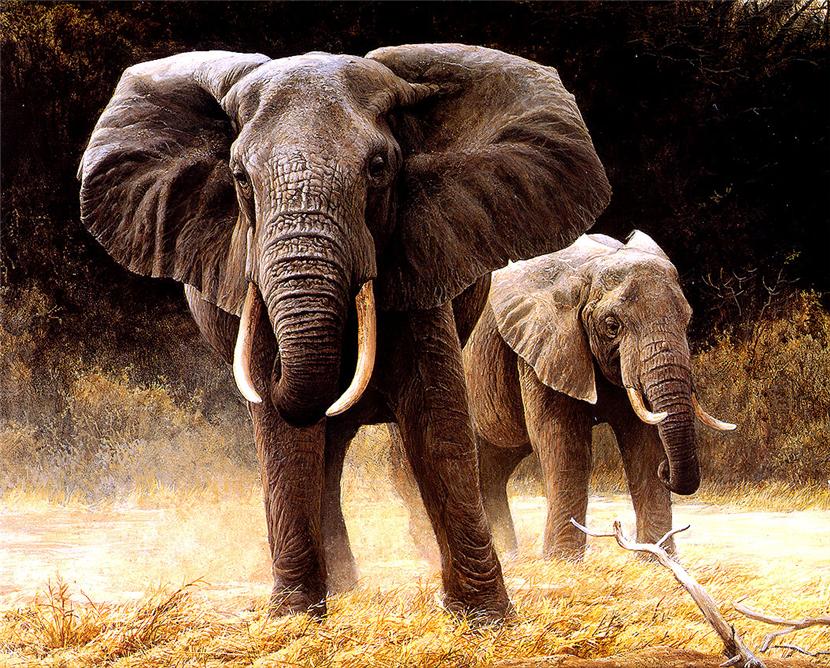.jpg)
.jpg)
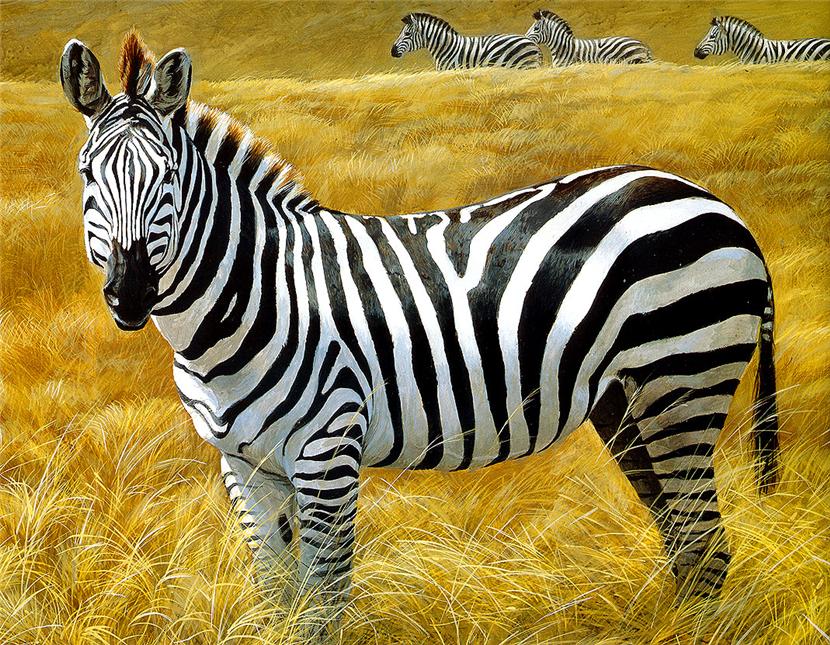.jpg)
.jpg)
.jpg)
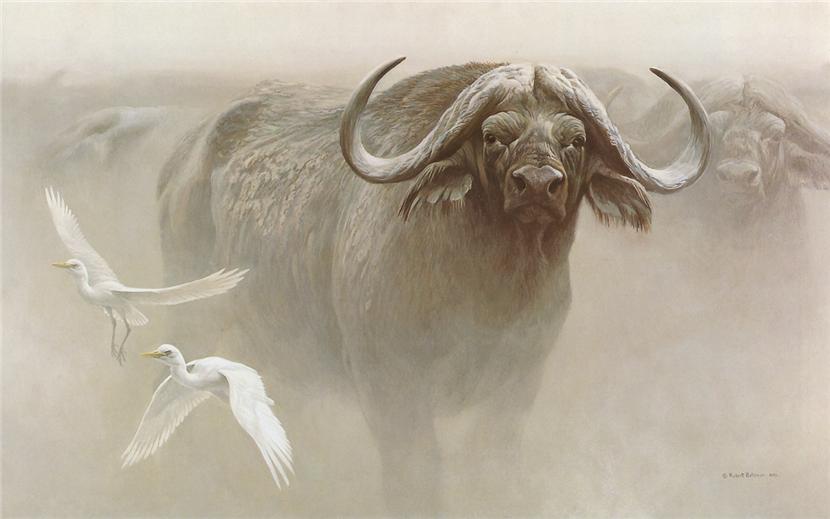.jpg)
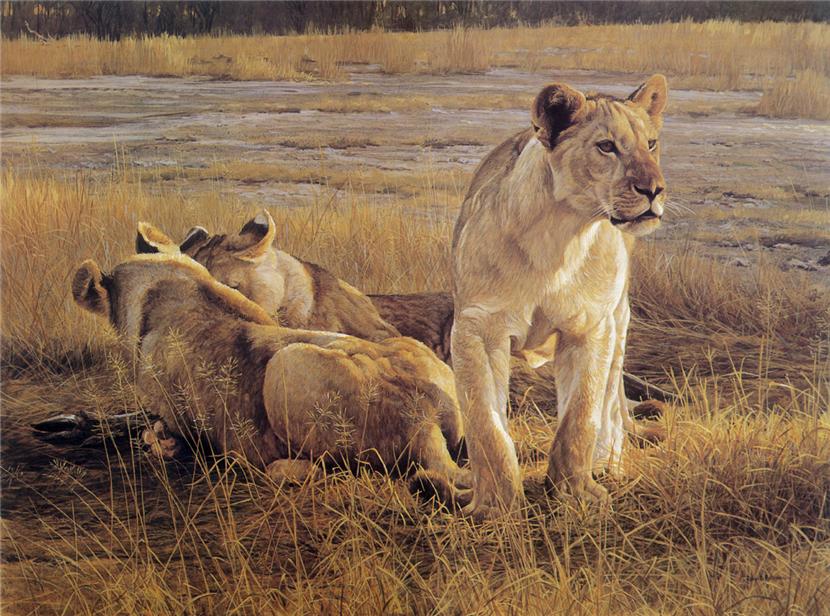.jpg)
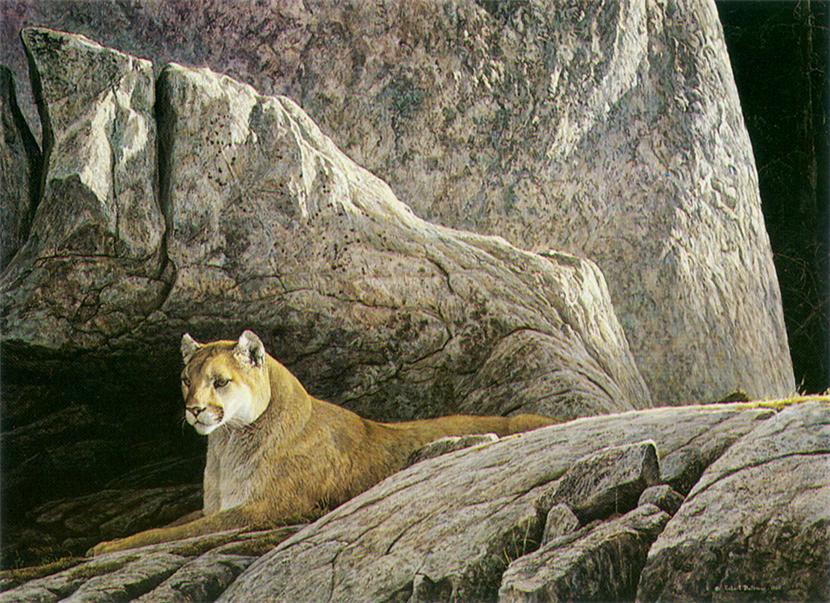.jpg)
.jpg)
.jpg)
.jpg)
.jpg)
.jpg)
.jpg)
.jpg)
.jpg)
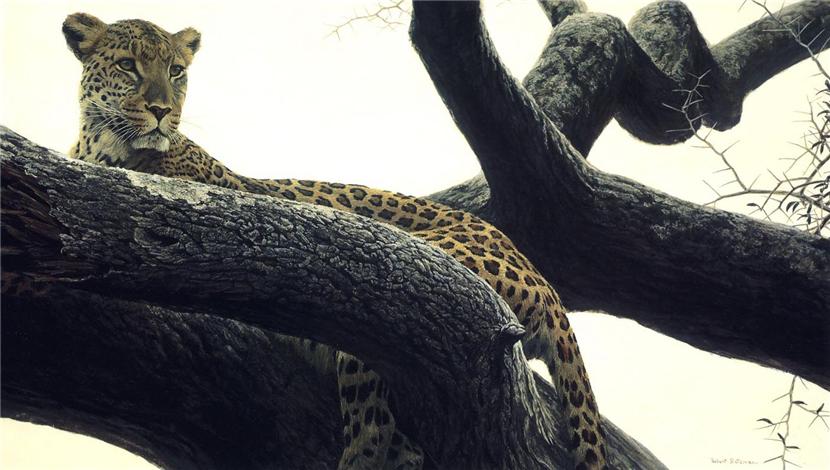.jpg)
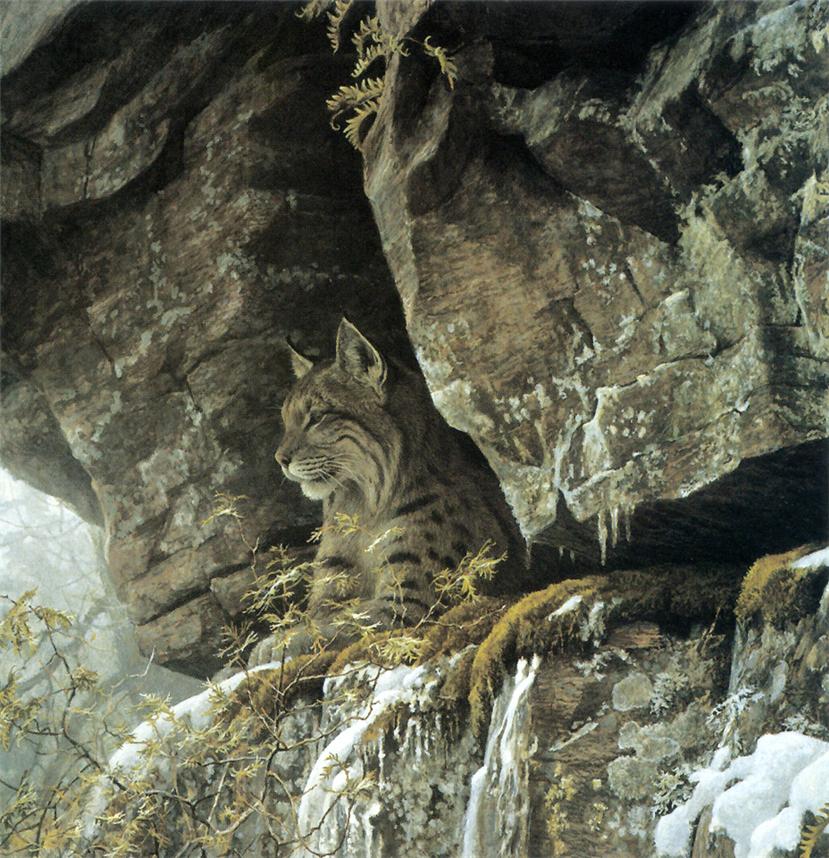.jpg)
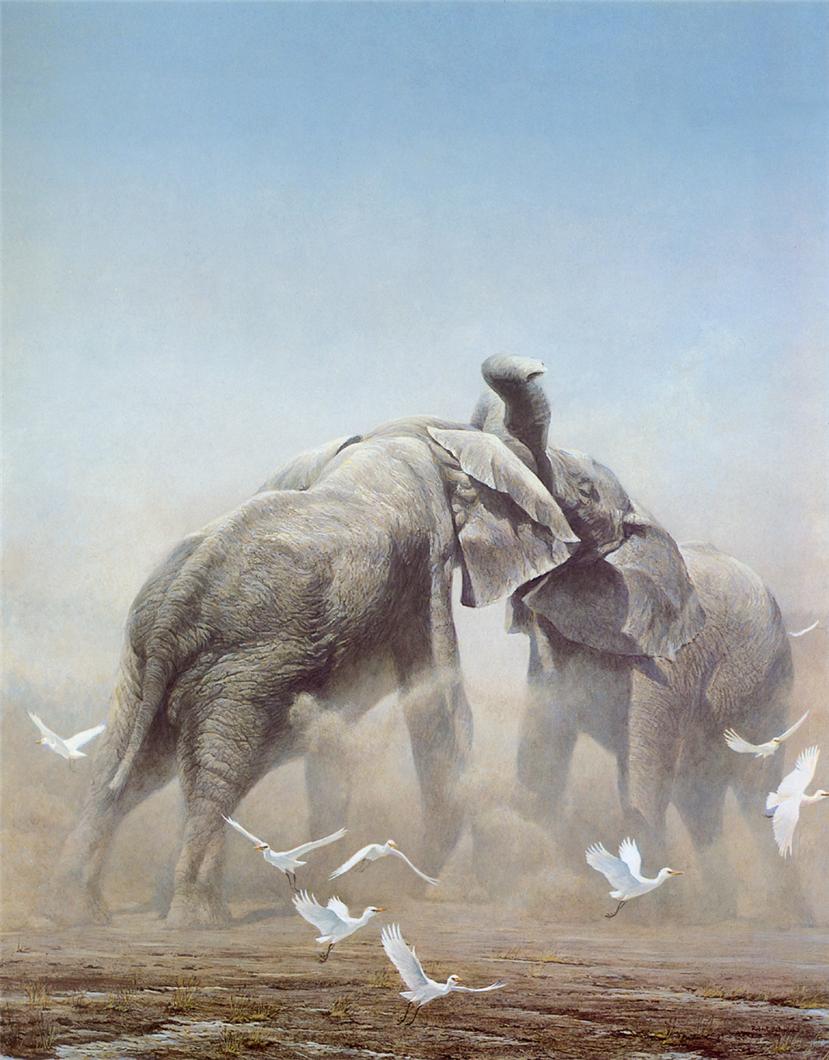.jpg)
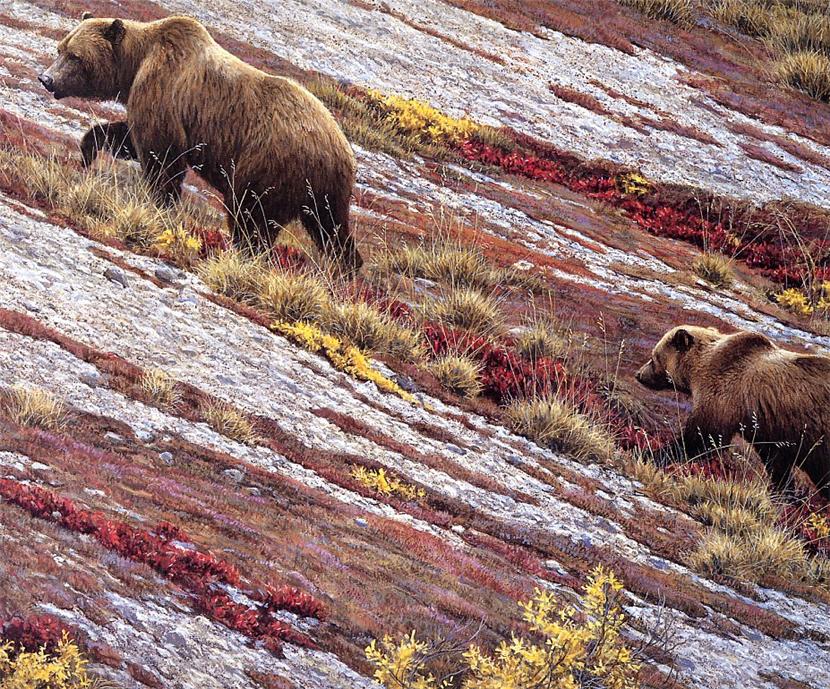.jpg)
.jpg)
.jpg)
.jpg)
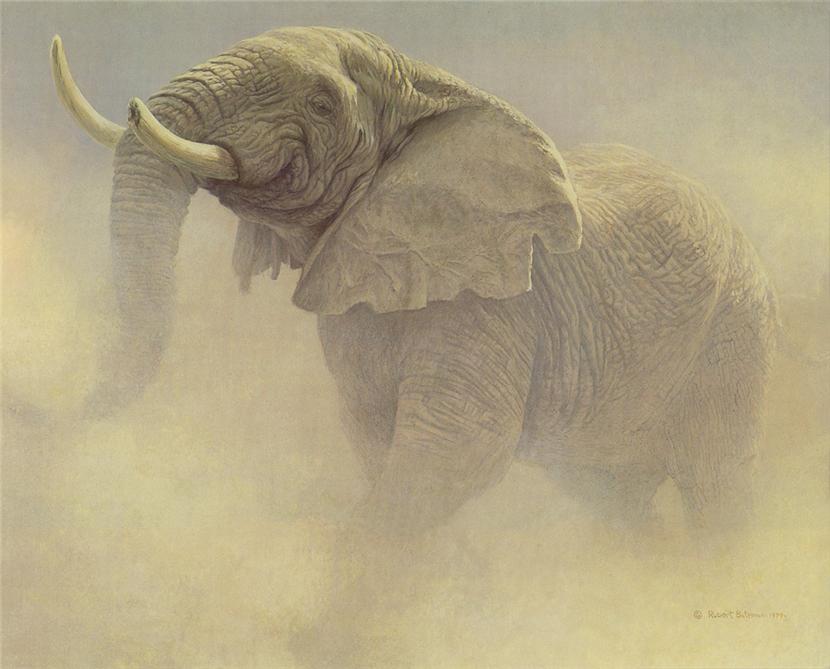.jpg)
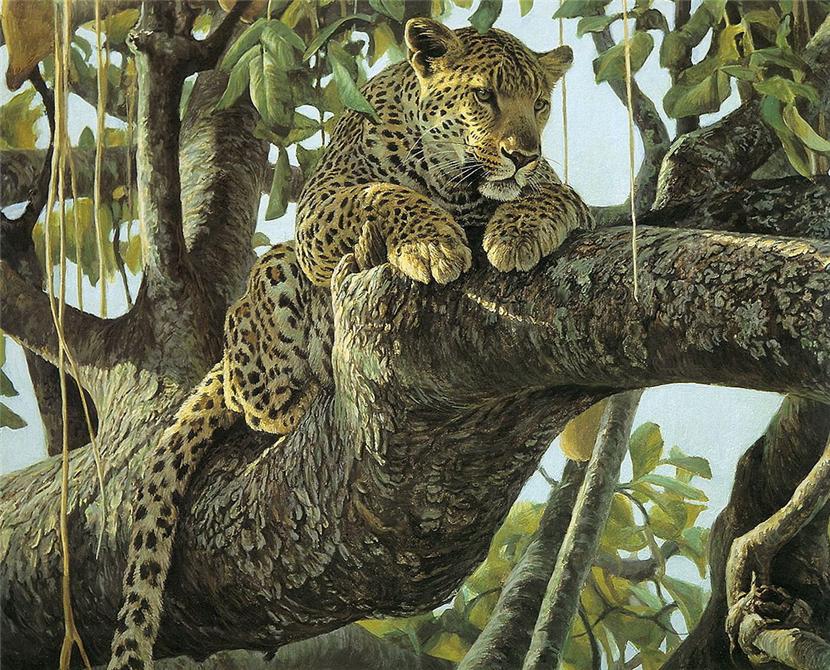.jpg)
.jpg)
.jpg)
.jpg)
.jpg)
.jpg)
.jpg)
.jpg)
.jpg)
.jpg)
.jpg)
.jpg)
.jpg)
.jpg)
.jpg)
.jpg)
.jpg)
.jpg)
.jpg)
.jpg)
.jpg)
.jpg)
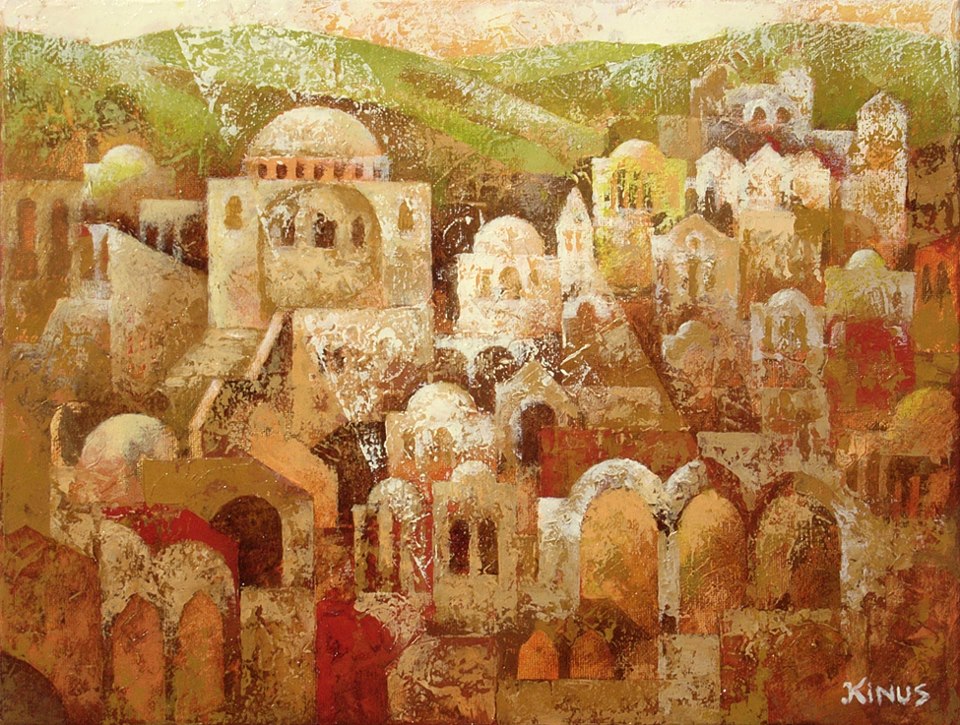.jpg)
.jpg)
.jpg)
.jpg)
.jpg)
.jpg)
.jpg)
.jpg)
.jpg)
.jpg)
.jpg)
.jpg)
.jpg)
.jpg)
.jpg)
.jpg)
.jpg)
.jpg)
.jpg)
.jpg)
.jpg)
.jpg)
.jpg)
.jpg)



.jpg)
.jpg)
.jpg)
.jpg)
.jpg)
.jpg)
.jpg)
.jpg)
.jpg)
.jpg)
.jpg)
.jpg)
.jpg)
.jpg)
.jpg)
.jpg)
.jpg)
.jpg)
.jpg)
.jpg)
.jpg)
.jpg)
.jpg)
.jpg)
.jpg)
.jpg)
+_Bristish+painter+(8).jpg)
+_Bristish+painter+(7).jpg)
+_Bristish+painter+(10).jpg)
+_Bristish+painter+(9).jpg)
+_Bristish+painter+(1).jpg)
+_Bristish+painter+(11).jpg)
+_Bristish+painter+(12).jpg)
+_Bristish+painter+(6).jpg)
+_Bristish+painter+(4).jpg)
+_Bristish+painter+(3).jpg)
+_Bristish+painter+(2).jpg)
+_Bristish+painter+(5).jpg)
.jpg)
.jpg)
.jpg)
.jpg)
.jpg)
.jpg)
.jpg)
.jpg)
.jpg)
.jpg)
.jpg)
.jpg)
.jpg)
.jpg)
.jpg)
.jpg)
.jpg)
.jpg)
.jpg)
.jpg)
.jpg)
.jpg)
.jpg)
.jpg)
.jpg)
.jpg)
.jpg)
.jpg)
.jpg)


.jpg)
.jpg)
.jpg)
.jpg)
.jpg)
.jpg)
.jpg)
.jpg)
.jpg)
.jpg)
.jpg)
.jpg)
.jpg)
.jpg)
.jpg)
.jpg)
.jpg)
.jpg)
.jpg)
.jpg)
.jpg)
.jpg)
.jpg)
.jpg)
.jpg)
.jpg)
.jpg)
.jpg)
.jpg)
.jpg)
.jpg)
.jpg)
.jpg)
.jpg)
.jpg)
.jpg)
.jpg)
.jpg)
.jpg)
.jpg)
.jpg)
.jpg)
.jpg)
.jpg)
.jpg)
.jpg)
.jpg)
.jpg)
.jpg)
.jpg)
.jpg)
.jpg)








.jpg)



.jpg)









.jpg)
.jpg)
.jpg)
.jpg)
.jpg)
.jpg)
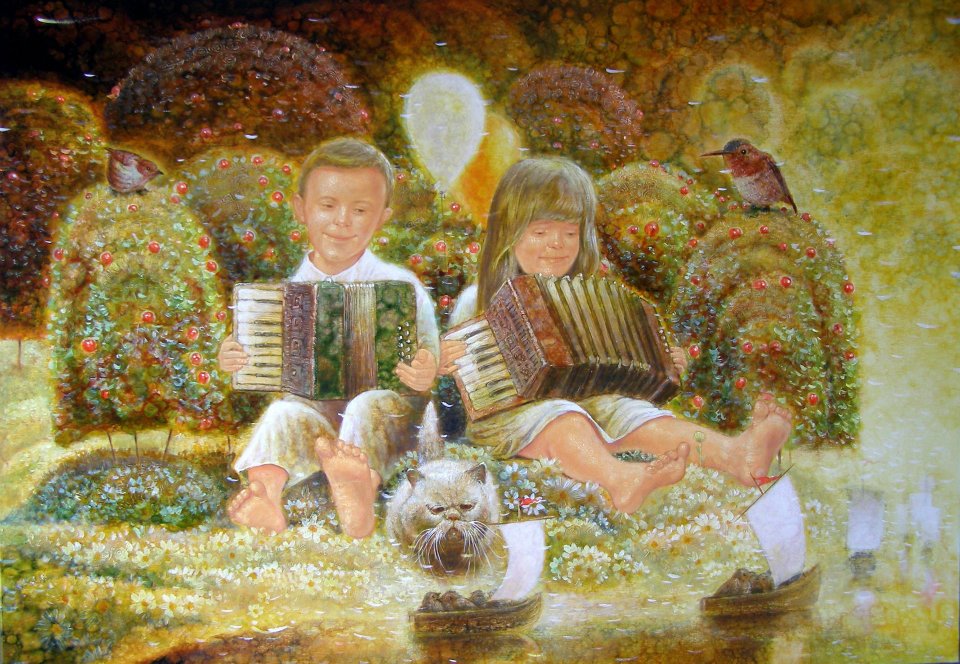.jpg)
.jpg)
.jpg)
.jpg)


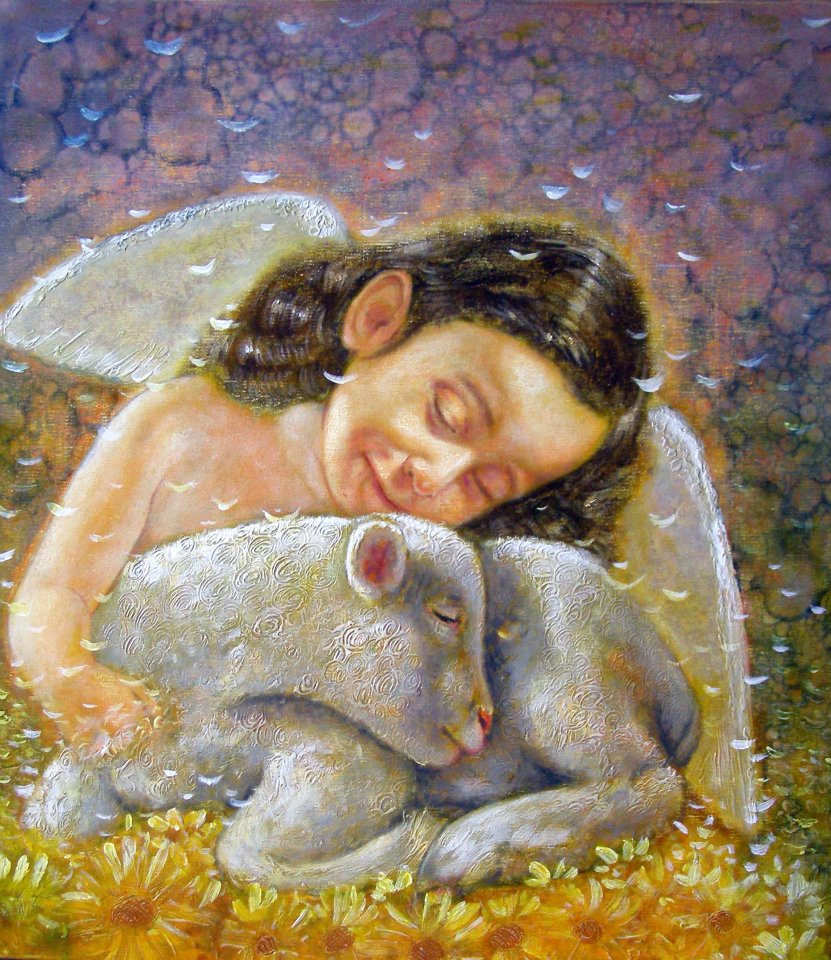









.jpg)
.jpg)
.jpg)
.jpg)
.jpg)
.jpg)
.jpg)
.jpg)
.jpg)
.jpg)
.jpg)
.jpg)
.jpg)
.jpg)
.jpg)
.jpg)
.jpg)
.jpg)
.jpg)
.jpg)
.jpg)
.jpg)
.jpg)
.jpg)
.jpg)
.jpg)
.jpg)
.jpg)
.jpg)
.jpg)
.jpg)
.jpg)
.jpg)
.jpg)
.jpg)
.jpg)
.jpg)
.jpg)
.jpg)
.jpg)
.jpg)
.jpg)
.jpg)
.jpg)
.jpg)
.jpg)
.jpg)
.jpg)
.jpg)
.jpg)
.jpg)
.jpg)
.jpg)
.jpg)
.jpg)
.jpg)
.jpg)
.jpg)
.jpg)
.jpg)
.jpg)
.jpg)
.jpg)
.jpg)
.jpg)
.jpg)
.jpg)
.jpg)
.jpg)
.jpg)
.jpg)
.jpg)
.jpg)
.jpg)
.jpg)
.jpg)
.jpg)
.jpg)
.jpg)
.jpg)
.jpg)
.jpg)
.jpg)
.jpg)
.jpg)
.jpg)
.jpg)
.jpg)
.jpg)
.jpg)
.jpg)
.jpg)
.jpg)
.jpg)
.jpg)
.jpg)
.jpg)
.jpg)
.jpg)
.jpg)
.jpg)
.jpg)
.jpg)
.jpg)
.jpg)
.jpg)
.jpg)
.jpg)
.jpg)
.jpg)
.jpg)
.jpg)
.jpg)
.jpg)
.jpg)
.jpg)
.jpg)
.jpg)
.jpg)
.jpg)
.jpg)
.jpg)
.jpg)